Three Poems
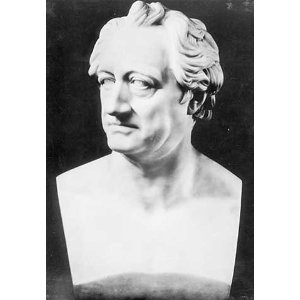
Nonsite presents new poetry. Three prose poems by Michael Fried: “The Divergence,” “An Essay in Aesthetics,” and “Akhmatova Looks Up.”
Complete Archive
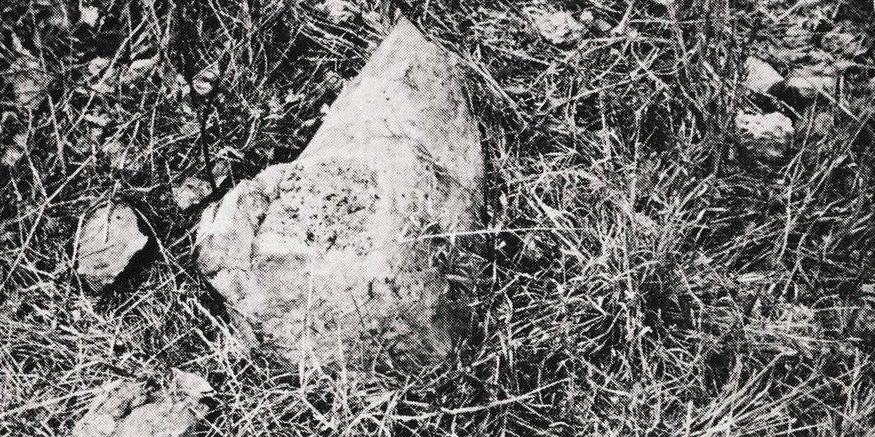
A complete archive of nonsite’s content:
Two Poems

Nonsite’s first offering in poetry. Two poems by Nicholas Liu: “Bridge to Nowhere” and “Sleepers Awake”.
Welling and Michaels at The Photographic Universe
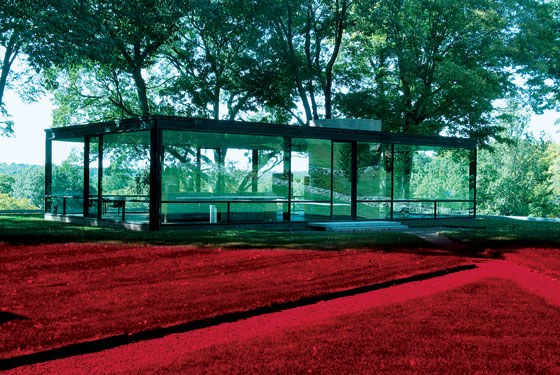
James Welling and Walter Benn Michaels discuss photography, neoliberalism and aesthetics in a conversation from a recent conference at Parsons, entitled The Photographic Universe and we’ve got the video.
James Welling joins nonsite.org

We’re happy to announce that James Welling has joined nonsite.org as our art editor. In the coming months, we will be featuring portfolios and exhibitions unique to nonsite.
Responses to Neoliberal Aesthetics
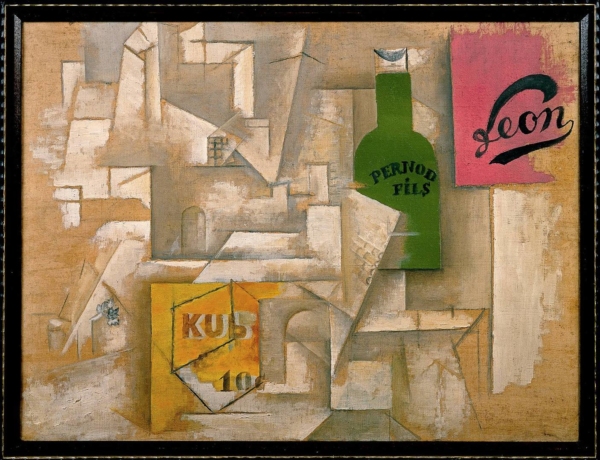
Walter Benn Michael’s “Neoliberal Aesthetics: Fried, Rancière and the Form of the Photograph,” published in our first issue, has generated responses from Michael Clune, Nicholas Brown, and Todd Cronan.
Nonsite Launches

February 10, 2011. In the midst of a cold winter, nonsite.org was launched in order to raise the temperature. If our first issue doesn’t make you unseasonably hot, perhaps the next will make you feel a springtime chill. In the meantime, look out for upcoming editorials, reviews, poems and articles. And read on.
Issue #1: Author/Artist/Audience

We present nonsite’s inaugural issue.
Sonnenuntergang: On Philippe Parreno’s June 8, 1968

…for me much of what is most immediately gripping in June 8, 1968 turns on the contrast or say the felt difference between the stagedness plus residual “magic” of absorption of the “mourners” and the wholly unselfconscious albeit dramatic, in certain scenes one might say over-the-top beauty of the natural world…
Neoliberal Aesthetics: Fried, Rancière and the Form of the Photograph
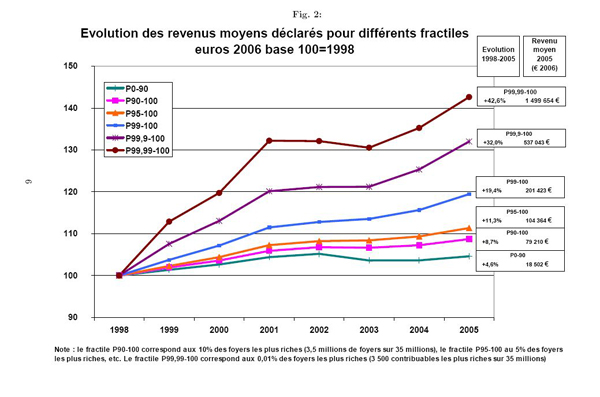
The political meaning of the refusal of form (the political meaning of the critique of the work’s “coherence”) is the indifference to those social structures that, not produced by how we see, cannot be overcome by seeing differently. It’s this refusal of form…
